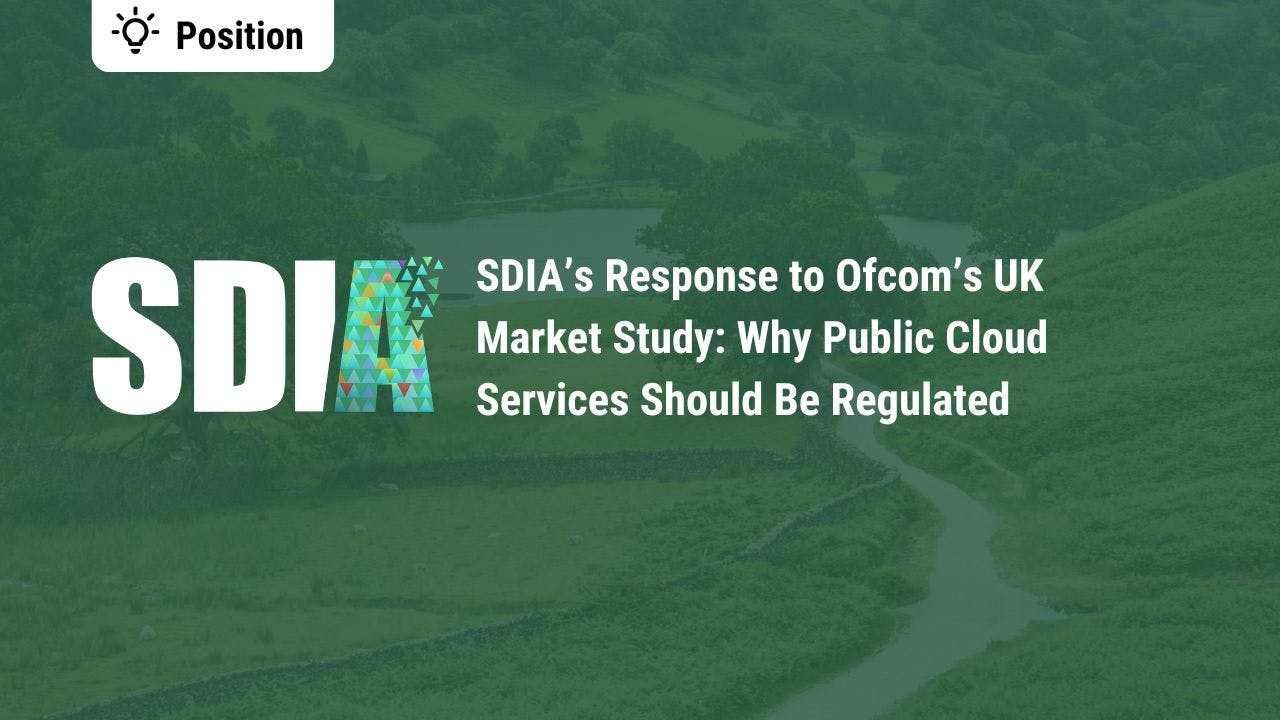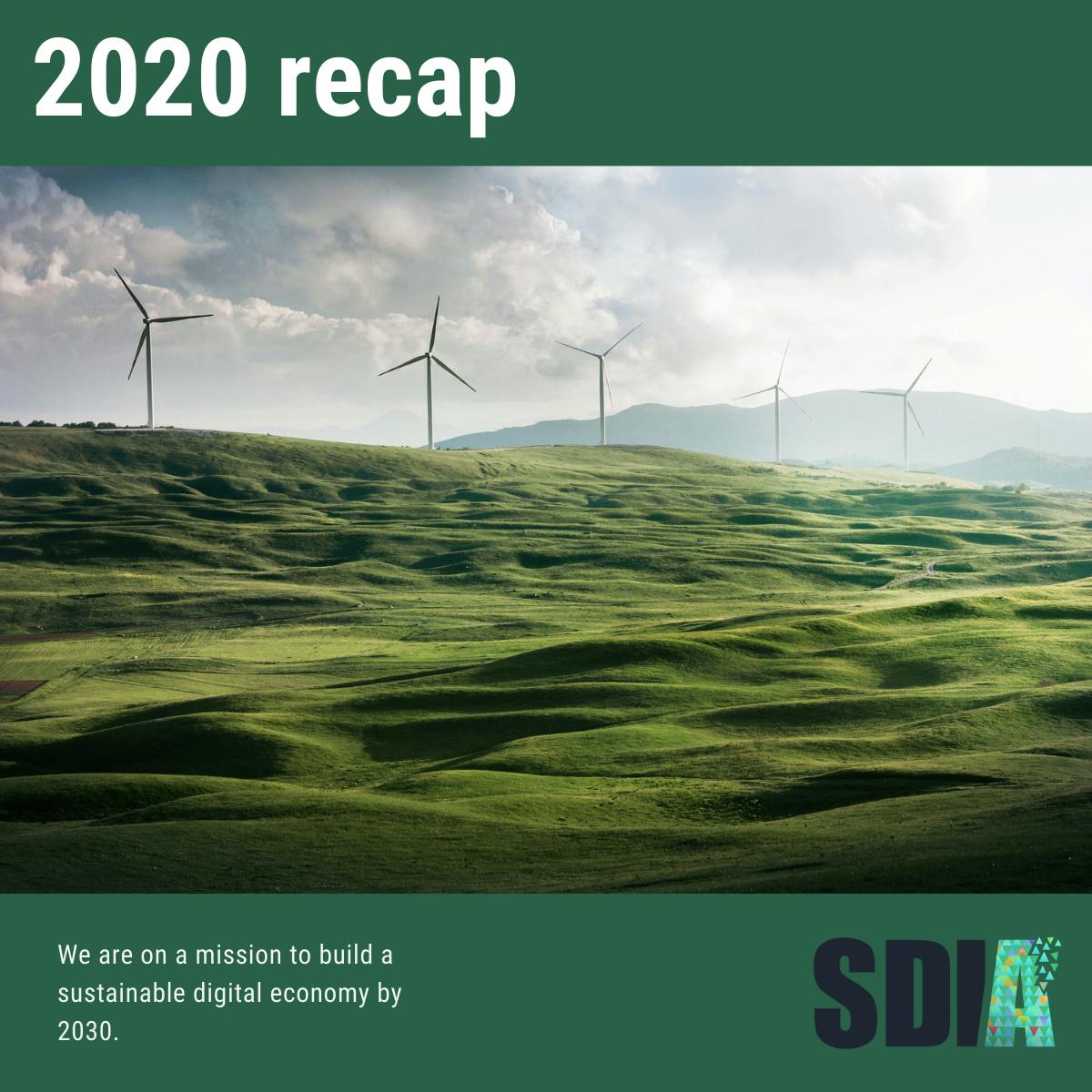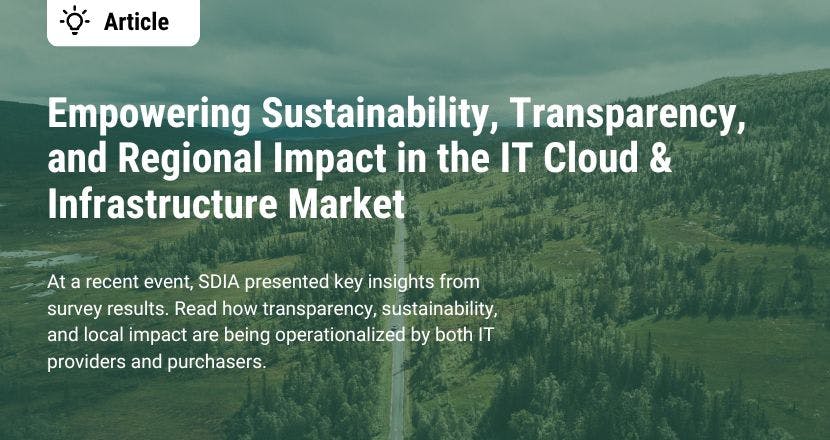Cloud infrastructure has changed the way organizations do business and how governments provide public services. A shift to the cloud is often seen as critical to digital transformation, but is the current prevailing model the best route to a sustainable future? And in its current, unregulated form, can it deliver new economic opportunities and support society at large to reach its sustainability goals?
The regulatory authority overseeing the sector in the UK, Ofcom, is currently looking at the Cloud Services market. In its interim report, the regulator concluded that although there were signs of competition, the market was not working well.
As a result, Ofcom recommended further investigation by the country’s Competition and Markets Authority, following a public consultation process.
The Sustainable Digital Infrastructure Alliance (SDIA) submitted an in-depth consultation response on 17 May 2023 including; comments to the report itself, its Taxonomy Guide on Digital Infrastructure, a position paper on how and why to regulate Public Cloud Providers, and its previously published whitepaper for building a European Cloud.





.jpg?ixlib=gatsbyFP&auto=compress%2Cformat&fit=max&rect=0%2C44%2C600%2C800&w=600&h=800)